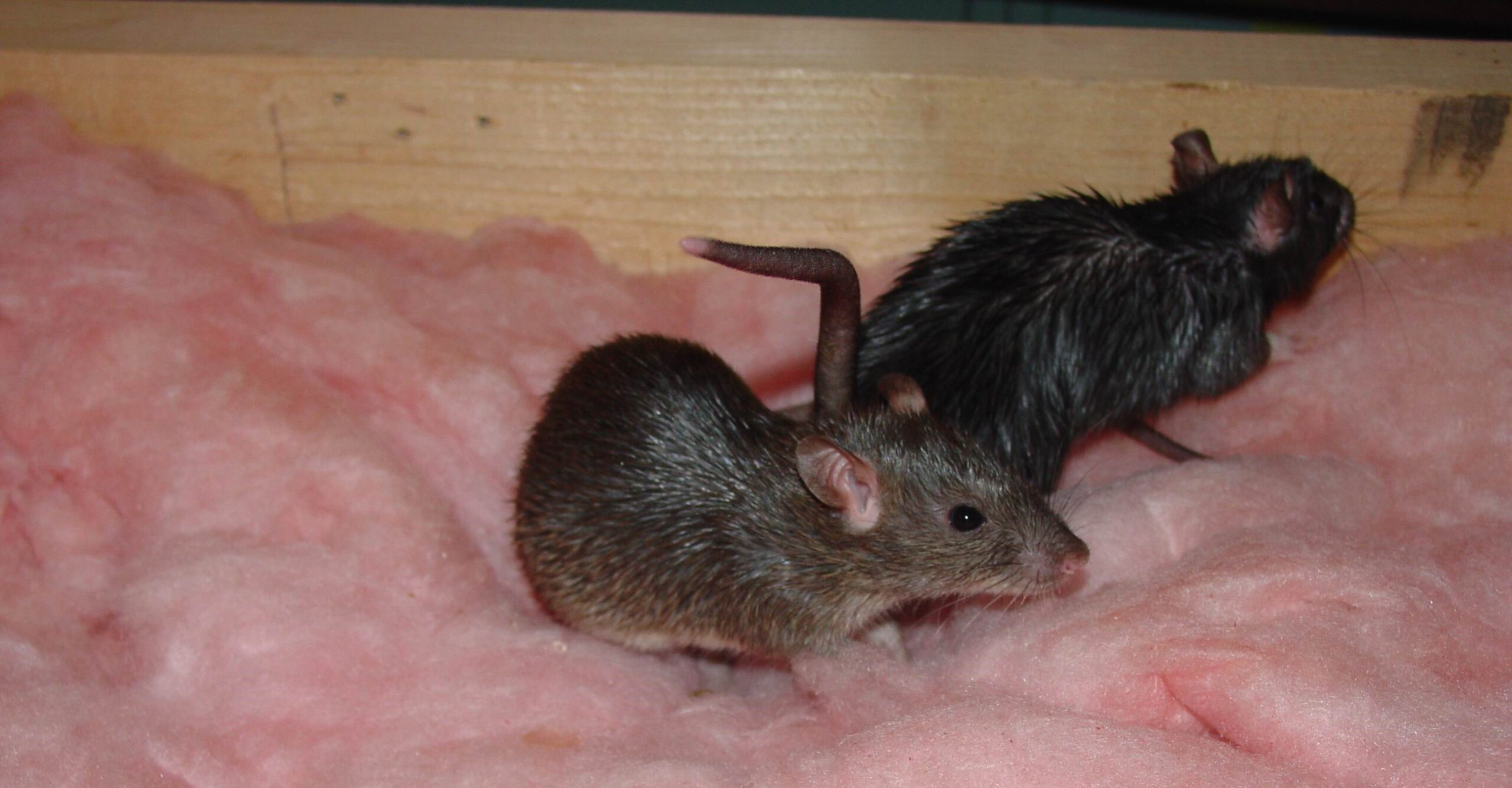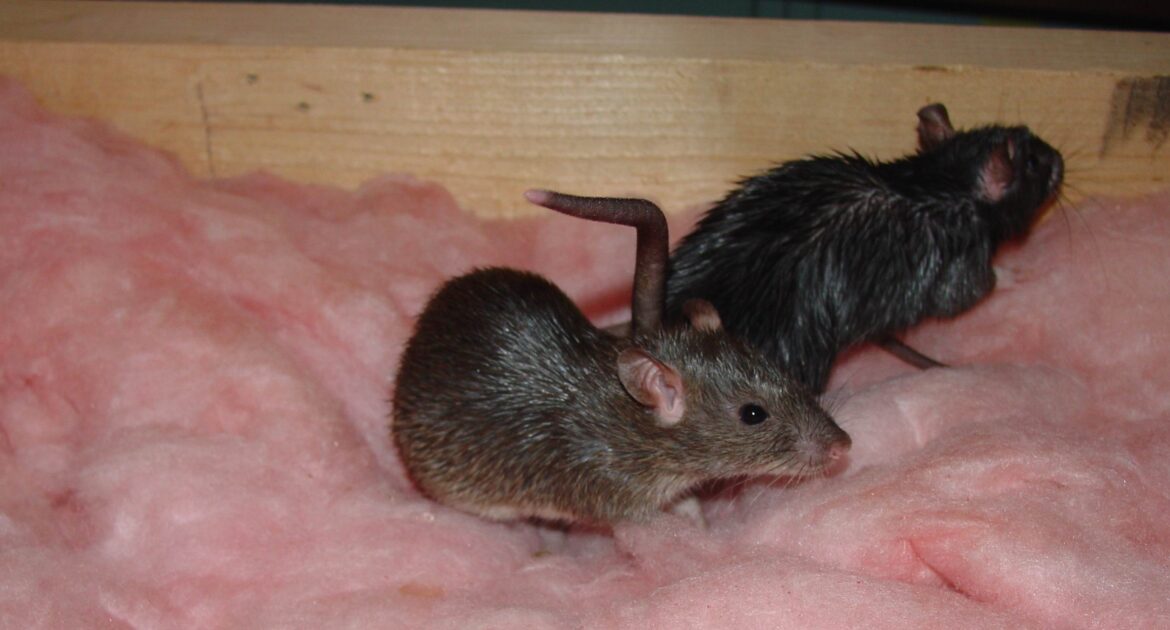Rodents are surprisingly skilled at invading your home without drawing attention. These small pests can squeeze through gaps, hide in tight spaces, and cause damage while staying out of sight. Even worse, they bring health risks by spreading germs and contaminating your living areas. Many Toronto homeowners don’t even know they’re dealing with rodents until the problem has grown significantly.
What are the hidden rodent infestation signs you need to pay attention to? From suspicious smells to unexplained damage, there are plenty of clues to watch for. Detecting rodents in your home might take a sharp eye for detail, but catching these rodent infestation warning signs early can save you trouble and money.
Below, we’ll go over the most common signs of a rodent infestation and what they mean for your home. Keep these in mind, and if you notice any, act quickly. Professional help, like from Skedaddle Humane Wildlife Control in Toronto, ensures rodents are removed effectively and humanely.
Unexplained Droppings
One of the clearest hidden rodent infestation signs is discovering droppings throughout your home. These small, rice-sized pellets are often found where rodents eat or rest. Be sure to check areas like:
- Cupboards and pantries
- Under sinks
- Around the edges of baseboards and walls
If droppings are near food, it’s likely rodents have been feasting on your supplies. Few things can be as alarming as the risk of contamination, and rodent droppings can spread harmful bacteria. Thorough cleaning and proper investigation are critical if you come across these pellets.
Odd Sounds in the Night
Do you hear strange noises in your home, especially late at night? When the house is quiet, these sounds can be more noticeable and unsettling. Rodents are nocturnal, meaning they’re most active after dark. Their constant movement and gnawing habits often give them away to attentive homeowners.
Listen carefully for noises like:
- Scratching behind walls or inside ceilings as they move through tiny spaces.
- Scampering across floors, which can sound faint but persistent.
- Gnawing on wood, wires, or even food packaging as they chew to keep their teeth in check.
These sounds might seem like they’re coming from nowhere, but basements, attics, and crawl spaces are hotspots where rodents feel safe and hidden. These areas naturally echo noises, making the activity sound louder than it actually is.
If these mysterious sounds are keeping you up at night or startling you during quiet moments, they’re likely more than just harmless creaks of an old house. Hearing these noises regularly is a strong sign you might have rodents in your home, and it’s important to take action before they cause bigger problems.
Chewed-Up Items and Damage
Rodents gnaw on almost anything, which is an essential behaviour for keeping their teeth from overgrowing. However, this habit can create significant and costly damage to your home. Rodents will often chew:
- Electrical wires, creating fire risks
- Cardboard food boxes or paper packaging
- Wooden furniture or structural features
These chew marks can seem small at first, but when left unaddressed, the harm can quickly escalate. Watch for frayed wires or holes in stored goods as further evidence of an infestation.
Strange, Persistent Smells
Is there a musky, stale smell in your home that just won’t go away? Rodents often leave droppings, urine, and nesting materials behind, and these combine over time to create a strong, unpleasant odour. This distinct smell can linger and worsen, especially if rodents are nesting nearby or if their numbers are growing. The longer the problem persists, the harder it is to ignore the stench.
Pay special attention to areas like basements, kitchens, and wall cavities, as these spots are common hiding and nesting areas for rodents. The odour might also come from behind appliances, in storage areas, or even inside vents where rodents frequently travel. These smells often get trapped in small, enclosed spaces, making them even stronger.
If you suspect you’re detecting rodents in your home, your sense of smell can guide you to the source. Following your nose to places where the smell is most intense may help you locate problem areas or confirm an infestation. A musky, persistent odour is one of the clearest warning signs that rodents have made themselves at home.
Smears and Tracks Along Walls
Rodents like to travel near walls to stay hidden and safe. Over time, the oils and grease from their fur can leave smear marks along baseboards and well-travelled paths. These streaks might go unnoticed initially, but they’re often one of the clearest physical rodent infestation warning signs.
If you notice these greasy trails, it’s likely the rodents have been inside for some time. Additionally, footprints or tail marks in dusty areas, especially in basements or storage rooms, can provide further confirmation of their presence.
Piles of Nesting Materials
Rodents don’t just pass through your house; they make themselves at home. To create comfortable nests, they gather small bits of soft materials, including:
- Shredded paper or cardboard
- Fabric pieces
- Insulation pulled from walls or attics
These tiny piles are often hidden in quiet, dark corners where rodents feel safe. Look for them under appliances, inside furniture, or among cluttered storage items. Finding such nesting evidence is a tell-tale sign that rodents have moved in.
Pets Acting Strangely
Do you have a dog or a cat? Sometimes, your furry friends can alert you to rodent activity before you notice any other signs. Pets may suddenly become fixated on certain areas of the house, such as scratching at walls or sniffing at floorboards.
If your pet is acting unusually attentive to specific spaces, it’s worth investigating further to rule out unwanted houseguests.
Increased Presence of Other Pests
Surprisingly, rodent activity is sometimes revealed by the behaviour of other pests. An increase in flies or beetles can indicate nesting rodents in your home. These insects are drawn to droppings or food sources associated with rodents.
While this may seem like an indirect sign, it’s still a strong indicator when combined with other evidence.
Cracks and Gaps in Your Home’s Structure
It only takes a hole the size of a quarter for a rodent to sneak inside. Key places where they gain entry include:
- Gaps around utility pipes and vents
- Cracks in your foundation or exterior walls
- Loosely fitted doors or windows
Inspecting and sealing off these access points is an important step in keeping rodents out. However, you must deal with an active infestation before sealing your home; otherwise, you may trap rodents within your living spaces.
Why Early Detection Matters
Spotting hidden rodent infestation signs early can save you from major issues in the long run. Rodents spread quickly, not just in terms of population but also in the damage that they cause. From chewing on structures and belongings to spreading germs, the longer they remain undetected, the harder the infestation becomes to handle.
Professional intervention ensures you not only clear your home of rodents but also prevent their return. One method Skedaddle Humane Wildlife Control uses involves one-way doors. These allow rodents to leave your home but ensure they cannot re-enter, solving your problem safely and effectively.
Trust Skedaddle to Solve Your Rodent Problem Today!
Rodents may be small, but the signs of their presence shouldn’t be ignored. If you’ve noticed any of these rodent infestation warning signs, now is the time to act. Skedaddle Humane Wildlife Control in Toronto provides professional, efficient removal that works with your home’s unique needs.
Don’t wait for a minor issue to grow into a major problem. Request an estimate today and trust Skedaddle to help you reclaim your home and peace of mind.




